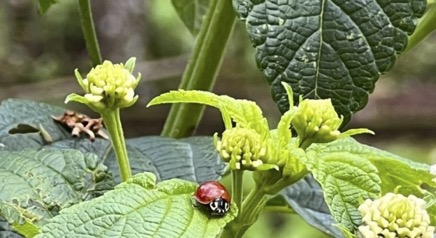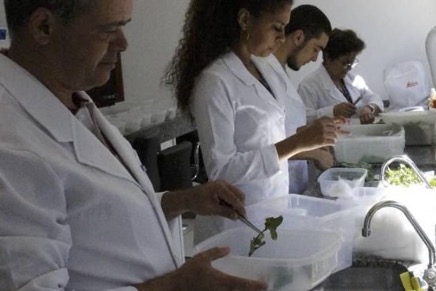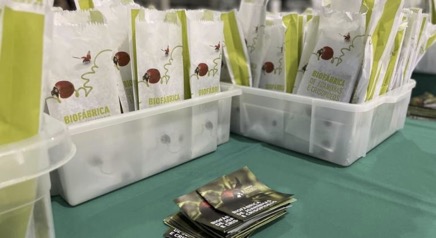Status
ongoing
50%
City
Belo Horizonte
Main actors
City Government
Project area
Whole City/Administrative Region
Duration
Ongoing since 2018
The Biofactory project is primarily designed to enhance the regulation of undesired organism populations within urban vegetable gardens and trees, utilizing biological control mechanisms via predatory insects. It introduces ladybugs and lacewings, insects that flourish in urban landscapes given adequate prey and alternative food supply. The project is dedicated to promoting specific urban pest management programs. It encourages the release of these beneficial insects, thereby conserving biodiversity and bolstering human health via the establishment of balanced, sustainable ecosystems.
This project comprises three main strategies. The first involves the distribution of larvae, including those of ladybugs and Chrysopidae, to suitable environments like vegetable gardens and green spaces. It also provides these larvae to residents possessing backyards or small spaces abundant with plants. In comparison to their mature counterparts, these young organisms are more efficient at pest control and are usually dispersed in plastic containers. The second strategy consists of distributing seed kits for plants that naturally attract predators. Examples of these plants include fennel, coriander, and sunflower. This approach aids in preserving local wildlife. The project's final element includes an environmental education component, primarily aimed at delivering knowledge and training for urban farmers, students and interested citizens on identification and management of natural pests.
This case study is from the CLEARING HOUSE project, funded from the European Union’s Horizon 2020 Research and Innovation Program under Grant Agreement 821242.
External links / documents
On Map
The Map will be displayed after accepting cookie policy




